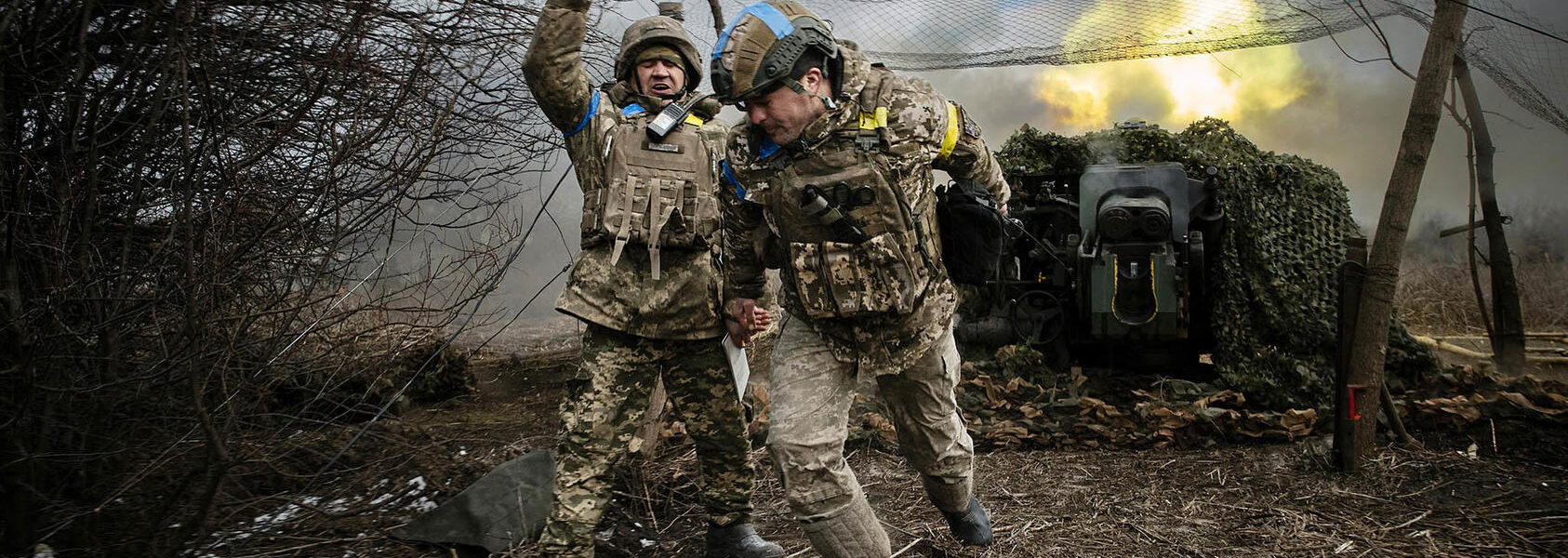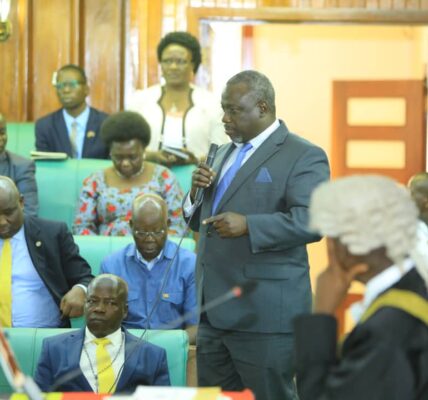Ukraine Poised for Major Escalation as U.S. Signals Approval for Long-Range Strikes on Russia
A new phase in the Ukraine war is looming, with the possibility of a significant escalation not from Russia, but from Ukraine. After months of restrictions, Kyiv may finally be getting the green light to launch long-range missile strikes deep into Russian territory, thanks to a shift in U.S. policy. This potential move could dramatically alter the course of the war, expanding the battlefield and increasing the stakes for both sides.
U.S. and U.K. Hint at Policy Shift During Kyiv Visit
The first indication of this shift came when U.S. Secretary of State Antony Blinken and British Foreign Secretary David Lamy visited Kyiv to meet with Ukrainian President Volodymyr Zelensky. After their discussions, Blinken hinted at a major change in how the U.S. supports Ukraine’s military efforts. “We have adjusted and adapted as the needs have changed and as the battlefield has changed,” Blinken said, signaling the possibility of loosening restrictions on Ukraine’s use of Western weapons.
This is being interpreted as a potential green light for Ukraine to use long-range missiles to strike Russian territory—something Kyiv has been pushing for but the West has been hesitant to approve.
Long-Range Missiles Could Transform the Battlefield
Ukraine has access to two major missile systems capable of long-range strikes: the Anglo-French Storm Shadow and the American ATACMS. Both missiles can hit targets up to 300 kilometers (190 miles) away, putting Russian military infrastructure within striking distance. This includes airfields, ammunition depots, communication centers, fuel reserves, and other critical military assets spread deep across Russian territory.
Should Ukraine decide to utilize these missiles, it could cripple Russia’s war capabilities by targeting key logistical hubs. Ukrainian officials believe these long-range strikes could turn the tide of the war, pushing Russian forces back and speeding up the path to victory.
President Zelensky has been vocal about the importance of removing restrictions on Ukraine’s use of these weapons. “It’s crucial to lift all restrictions on American and British weapons against legitimate military targets on Russian soil,” Zelensky said. He emphasized that long-range strikes could protect Ukraine’s sovereignty and ultimately lead to a faster resolution of the conflict.
U.S. Reluctance Easing Under Pressure
For months, the U.S. had been wary of approving long-range missile strikes inside Russia, fearing it could provoke a larger war. However, pressure from European allies, particularly the U.K. and France, has been growing. Kyiv’s forces are increasingly stretched thin, especially as Russian troops continue to advance in eastern Ukraine. The city of Pokrovsk, a key Ukrainian stronghold near the Donbass region, is under heavy threat from Russian forces. Ukraine needs advanced weaponry to defend its positions and sustain its recent territorial gains.
The possibility of allowing Kyiv to use long-range missiles to hit deep into Russian territory is seen as a way to tip the scales in Ukraine’s favor—both to defend its land and pressure Russian forces retreating from contested areas.
Iran’s Role Adds a New Dimension to the Conflict
Complicating matters is the increasing support Russia has received from Iran, which has supplied Moscow with short-range ballistic missiles. The United States has confirmed that Iran has sent around 200 Fateh-360 missiles to Russia, which could be deployed against Ukraine in the coming weeks. Ukrainian officials fear that these missiles will increase the intensity of Russian strikes, leading to more casualties and destruction.
The West has responded to Iran’s actions by imposing fresh sanctions on Tehran, though sanctions have had limited success in curbing Iran’s military support for Russia. This new infusion of weaponry from Iran could escalate the conflict further, potentially leading to more aggressive moves from both Kyiv and Moscow.
Kremlin’s Red Lines and Nuclear Threats
While Ukraine prepares for the possibility of long-range strikes, Moscow has made it clear that any attack on Russian territory would be met with severe retaliation. Russian President Vladimir Putin has consistently drawn red lines for the West, warning that any direct strikes inside Russia could lead to a dangerous escalation.
Most concerning is the potential for nuclear retaliation. Putin has frequently hinted that Russia could resort to nuclear weapons if its territorial integrity is threatened. Russia’s Foreign Minister Sergei Lavrov recently accused the West of pushing for a wider war under the guise of avoiding escalation. “This is blackmail,” Lavrov said. “The West pretends it wants to avoid escalation, but in reality, it is deceitful.”
Despite these warnings, some in the West view Putin’s nuclear threats as bluster. CIA Director Bill Burns recently downplayed the possibility of nuclear retaliation, calling Putin’s threats mere “saber-rattling.” However, the risk of miscalculation remains high, and any Ukrainian strike on Russian soil could provoke a serious response from the Kremlin.
The Risk of a Broader War
With both sides hardening their positions, the Ukraine conflict is inching closer to a wider regional war. If Kyiv proceeds with long-range strikes inside Russia, it could trigger a sharp escalation from Moscow, possibly involving attacks on NATO or Western allies. This could drag more countries into the conflict, turning the Ukraine war into a broader confrontation with far-reaching global implications.
The West is taking a calculated risk in supporting Ukraine’s push for more advanced weapons. While long-range strikes could help Ukraine defend itself and regain lost territory, they could also lead to a dangerous spiral of escalation, with unpredictable consequences for the region and the world.
Conclusion
Ukraine’s potential for long-range strikes on Russian territory signals a new, dangerous phase in the war. As the U.S. and its allies reconsider restrictions on advanced weaponry, the conflict is set to escalate, raising the stakes for both Kyiv and Moscow. The risk of retaliation, including nuclear threats, is real, and both sides are moving closer to a full-scale confrontation. What happens next could determine not just the outcome of the war, but the future stability of the region.





